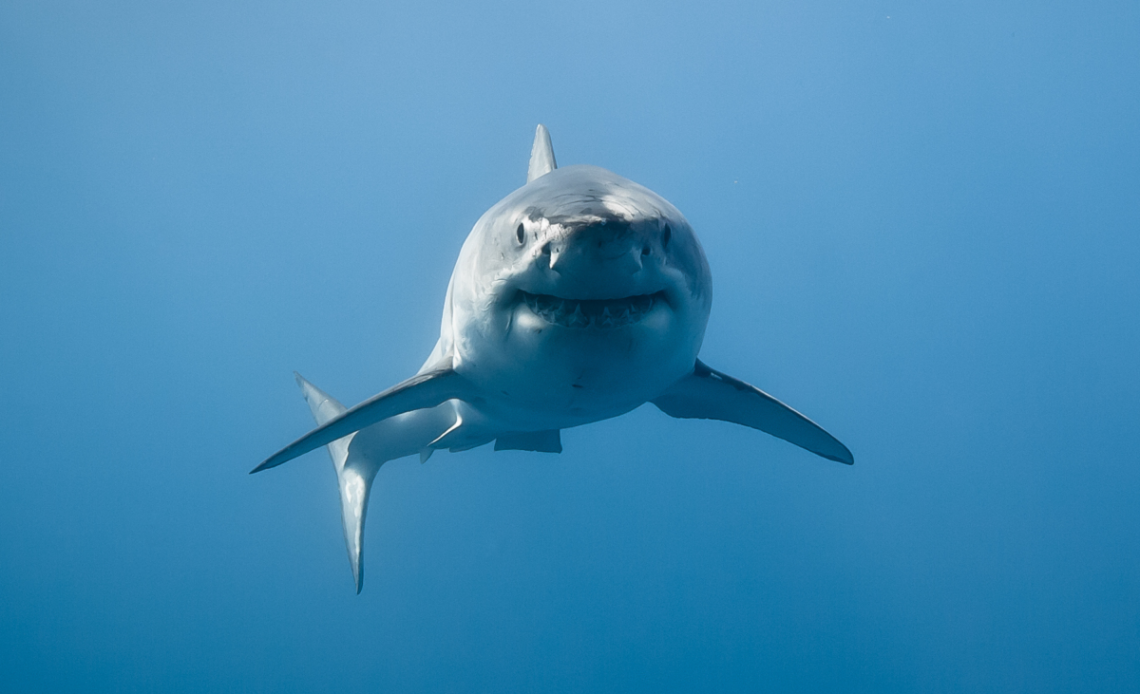In what can only be described as a real-life underwater whodunnit, scientists think they have identified the primary suspects involved in the disappearance of a pregnant porbeagle shark that was being tracked off the coast of Bermuda.
The culprit? Either a great white shark or, though less likely, a shortfin mako. If confirmed, this would represent the first recorded case of shark-on-shark violence with species of this size.
Lead author of the study published in Frontiers in Marine Science, Brooke Anderson, described the event as both surprising and alarming. “This is the first documented predation event of a porbeagle shark anywhere in the world,” she said in a statement.
“In one event, the population not only lost a reproductive female that could contribute to population growth, but it also lost all her developing babies. If predation is more widespread than previously thought, there could be major impacts for the porbeagle shark population that is already suffering due to historic overfishing.”
vladoskan/Getty
Porbeagle sharks, native to the Atlantic and South Pacific Oceans as well as the Mediterranean, are large, powerfully built creatures that can grow up to 12 feet long and weigh as much as 500 pounds.
These sharks are known for their long lifespan, which can extend up to 65 years, and their slow reproductive cycle. Females do not reproduce until around 13 years of age, and they give birth to an average of four pups every one or two years.
Because of this slow reproductive rate, porbeagle populations are particularly vulnerable to threats such as overfishing, whether purposeful or by accident, and habitat degradation.
The species is currently listed as endangered in the Northwest Atlantic and critically endangered in the Northeast Atlantic and Mediterranean by the International Union for Conservation of Nature (IUCN).
Anderson and her colleagues tagged the pregnant porbeagle involved in this study during a research expedition off Cape Cod in Massachusetts in 2020. The researchers equipped the shark with two satellite tags: a fin-mount satellite…
Click Here to Read the Full Original Article at Newsweek…

